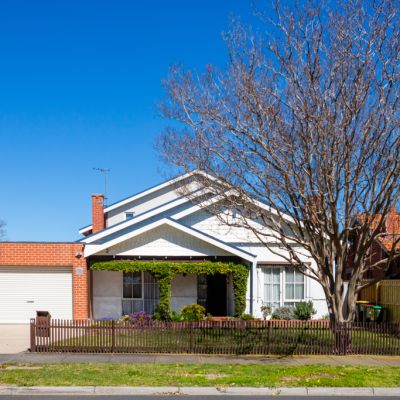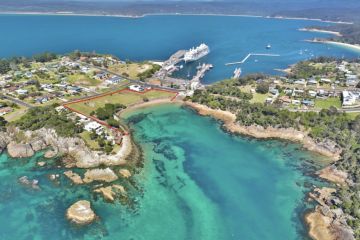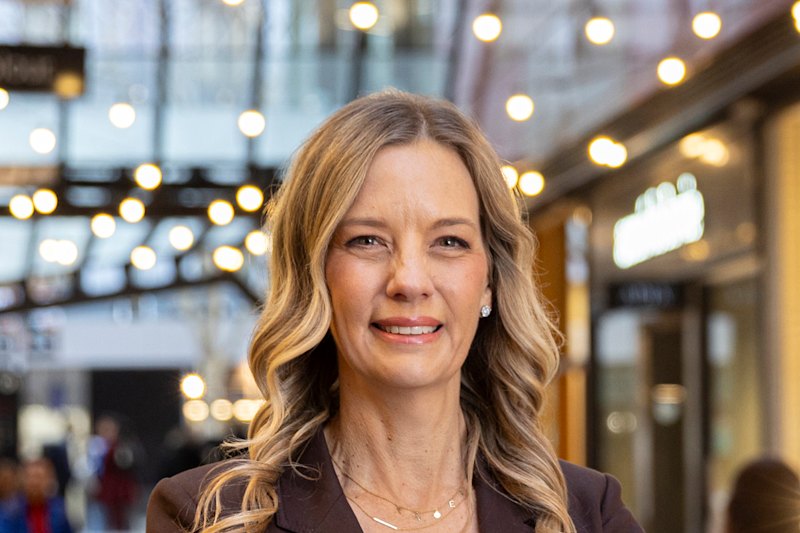Why the inflation that is causing rate rises matters for Aussie renters

A searing seventh-consecutive interest rate climb has been imposed as ballooning inflation continues to threaten the rental market.
The Reserve Bank of Australia on November 1 lifted the nation’s cash rate by 25 points to 2.85 per cent, with a grim inflation forecast despite the central bank’s cooling measures.
The back-to-back rate hikes since April have added $815 a month to a $500,000 mortgage, Finder data shows.
Interest rates are now at their highest level in nine years.
Although mortgage holders are feeling lashed, tenants are also suffering the consequences of growing inflation, which sits at its highest point in 30 years and is expected to increase before the year’s end, a Finder industry survey revealed.
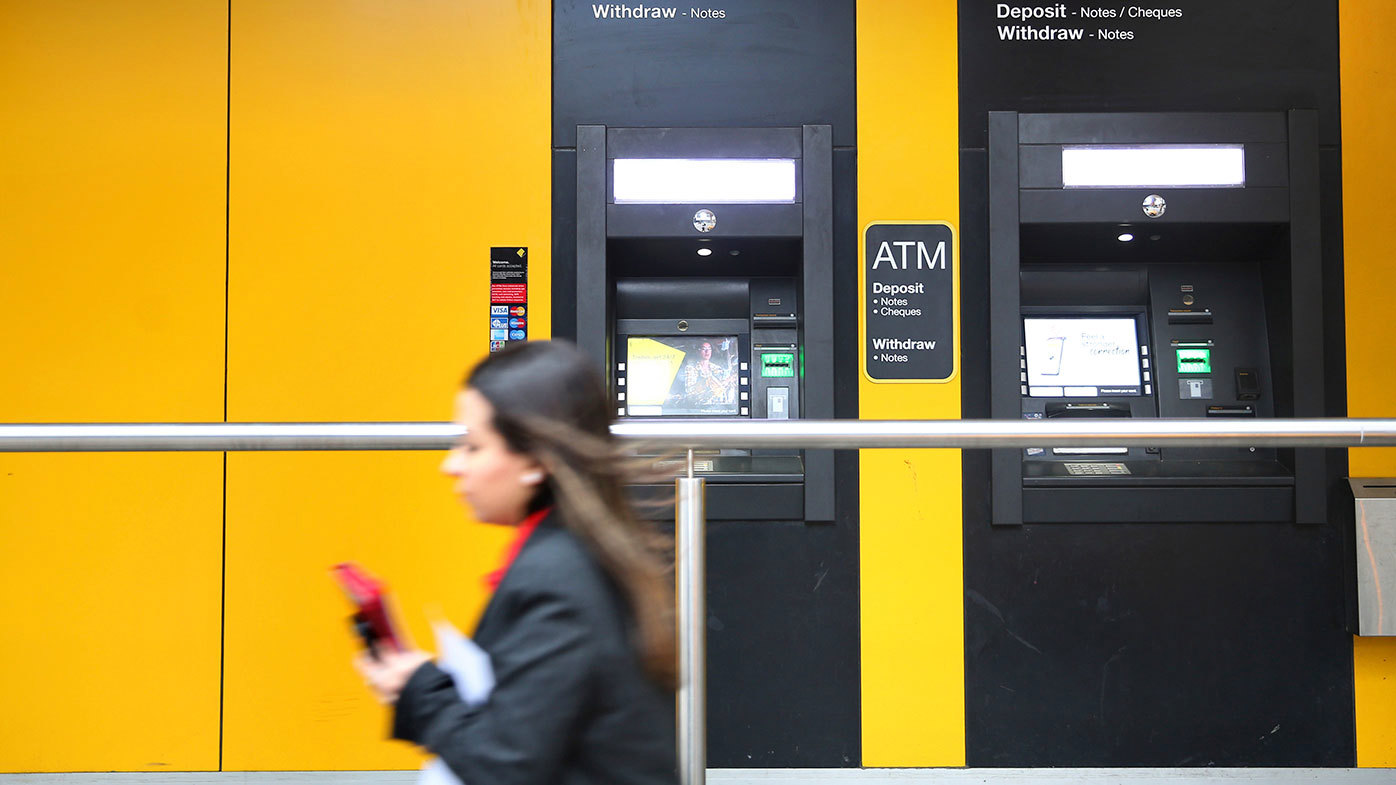
Recent CoreLogic data shows in 518 suburbs, the cost of mortgage repayments on a house is less than the average rental price, as tenants continue to be a struggling sector of the market.
In an economic update released this month, Ray White economist Nerida Conisbee said renters who are locked into a long-term cycle are hit hard by market forces.
“Consider if you bought in Sydney 10 years ago, you would be paying less on your mortgage now for a home that is worth double what you paid for it. If you rented, you would be paying $9,360 more per year for a home that you hold no equity in,” Ms Conisbee said.
“Effectively when you buy, you are locking in repayments at the price you paid. Obviously, this will fluctuate according to interest rate changes but ideally over time you pay down your mortgage reducing this sensitivity.
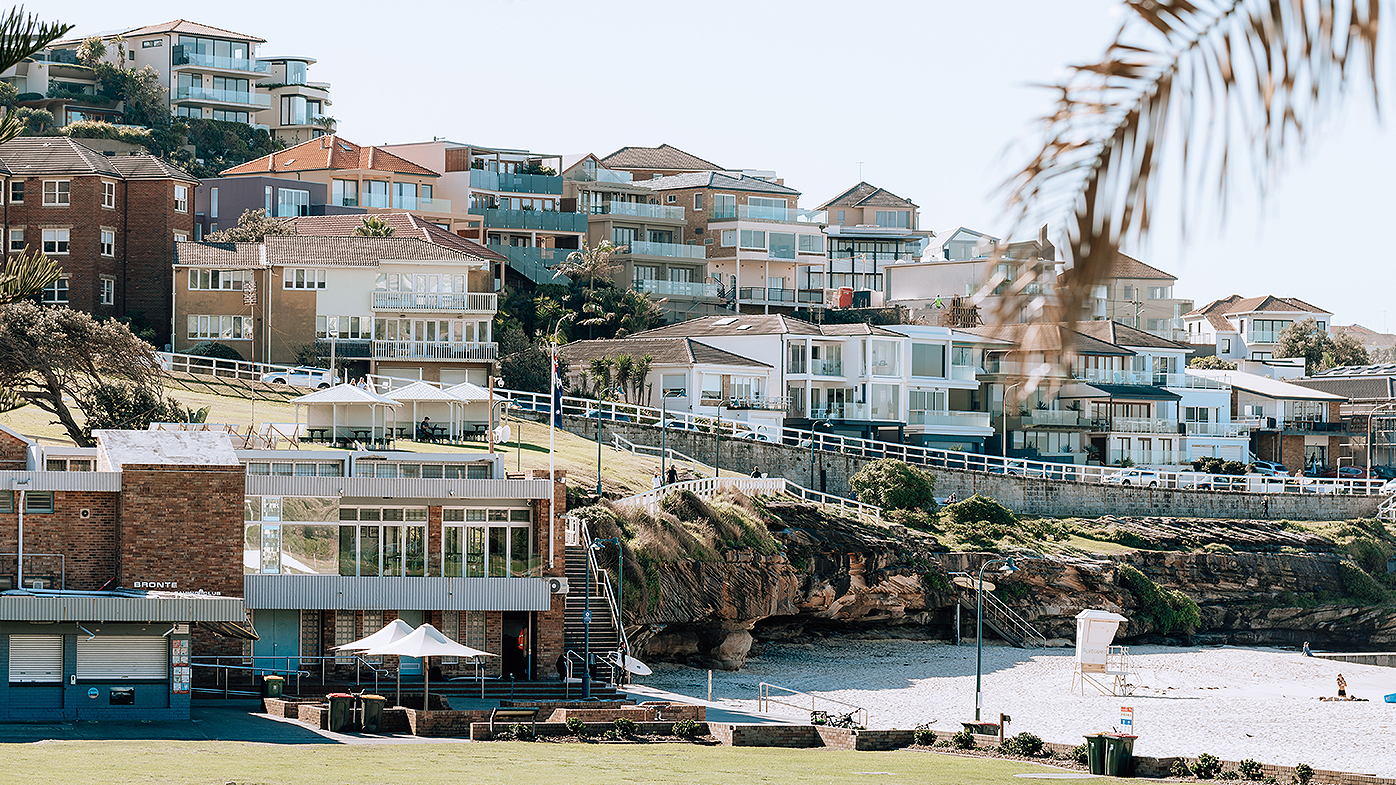
“If you rent, then you will always need to pay market rent. This translates into housing stress – there are more than double the number of people under rental stress than there are under mortgage stress.”
Reacting to the RBA’s rate decision on Melbourne Cup day, Conisbee said the increase was no surprise, as the central bank aims to “crush price growth”.
She pointed out that as house prices dip, construction costs continue to be a problem and the flow-on effect on housing supply is being felt by renters, and will extend in the coming years to home buyers.
Less economic growth will be reaped from the construction sector over the next 12 months, Conisbee said.

“Dwelling approvals are now down 10 per cent from last year and many projects have been delayed due to challenges in the construction sector. While this has a flow on to economic growth, it also impacts rents and prices. It is getting harder to find a home to buy or rent and this is not going to change any time soon.”
Tenants’ Union of NSW CEO Leo Patterson Ross said it was crucial that housing was seen as an essential service.
He said it was not the union’s view that interest rate rises – and subsequent mortgage costs – are to blame for expensive rents, because of incentives including negative gearing, and historic patterns of high rental charges when interest rates have fallen.
He said supply and demand is the nub of the issue.
“We have a property market that is almost locked in a permanent state of undersupply, for a balanced market at least, which means tenants do not ever really have a wide range of choices and landlords don’t compete for the tenants’ interests, the tenants compete for the landlords,” he said.
We recommend
We thought you might like
States
Capital Cities
Capital Cities - Rentals
Popular Areas
Allhomes
More


